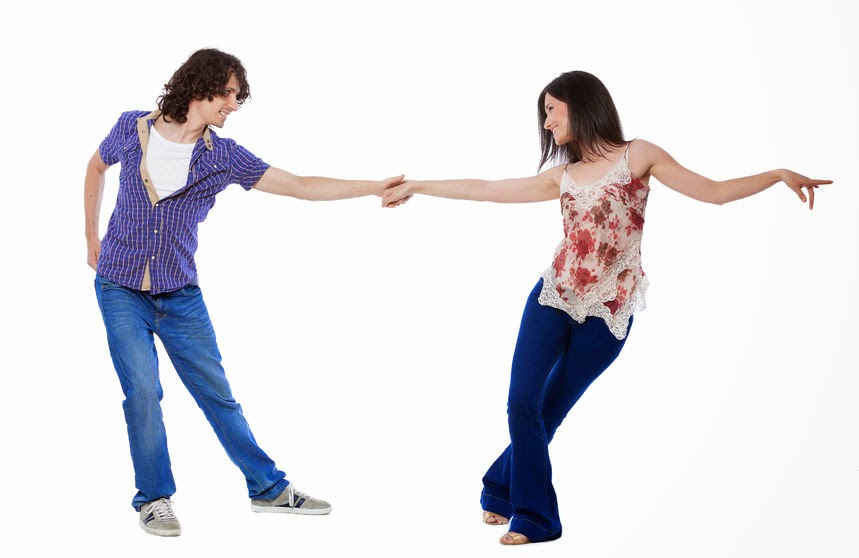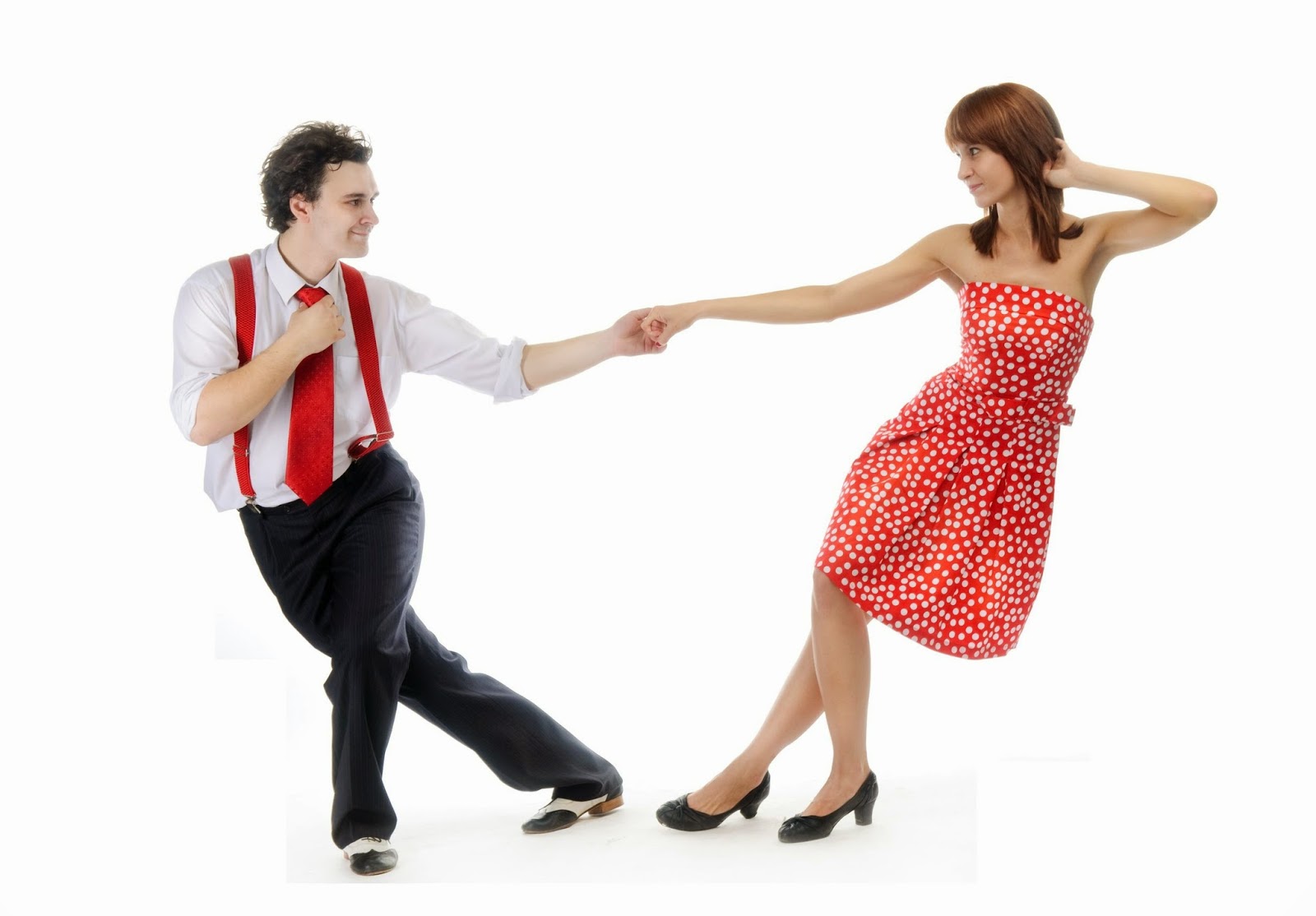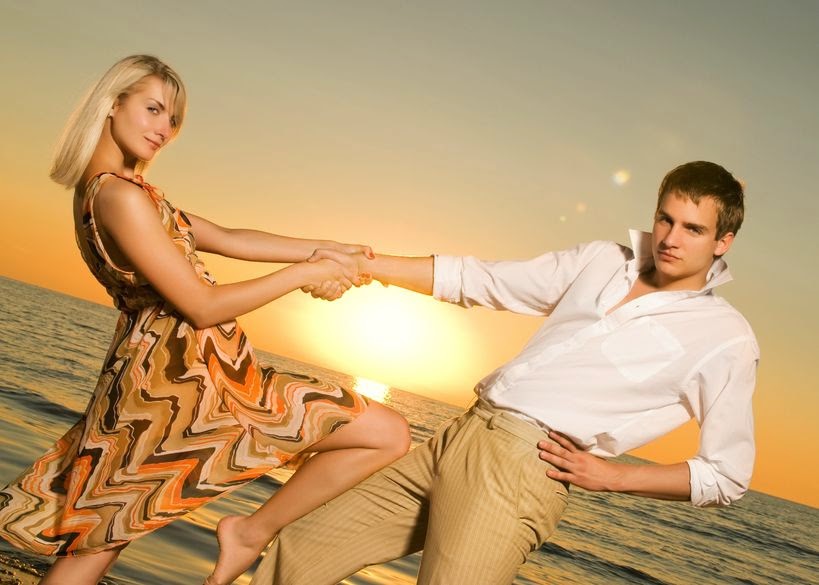What is the kizomba dance?
The Kizomba dance
is the latest dance craze to hit the Latin and Caribbean dance clubs in the United
States. The kizomba mixes African rhythms with sensual Caribbean percussion. It
evolved from a faster Angolan dance genre, the semba, in the 1980's in the
capitol of Angola, Luana and spread to all the Portuguese speaking countries
continuing to evolve, read the complete article at
Kizomba music
and dancing has been influenced by tango, zouk , merengue, bachata and salsa. It
incorporates movement from many different dance genres. Probably the most
influential dances are the Argentine tango, zouk and merengue. It is sometimes
called the African tango.
Watch more videos here:
As the kizomba spread across the globe, it borrowed characteristics from other dances and became of blend of several other dance genres. It uses a close embrace with an upper body lean toward the partner and heads touching at times. This is similar to the close embrace of the Argentine tango. There are movements that resemble ochos and walking steps from tango too. Unlike tango, the lower body and hips move freely both forward, backward, circular and in figure eights similar to the Latin motion used in Latin dance genres.
As the kizomba spread across the globe, it borrowed characteristics from other dances and became of blend of several other dance genres. It uses a close embrace with an upper body lean toward the partner and heads touching at times. This is similar to the close embrace of the Argentine tango. There are movements that resemble ochos and walking steps from tango too. Unlike tango, the lower body and hips move freely both forward, backward, circular and in figure eights similar to the Latin motion used in Latin dance genres.
In recent
years, it has spread across most of the Western and European countries
including Portugal, UK, France Spain, Belarus, Poland, Sweden, Denmark and the
Netherlands. Also, it can be found in the Egypt, Canada, Australia, Malaysia,
Ghana and the United States. There have been Kizomba Congresses in many
countries globally including Ghana, Ireland, Belgium, United Kingdom, Hungary,
Portugal, France and the United States.
Sources:
Wikipedia
KizombaLove.com
KizombaNYC.com
Mountain
View Patch - Cherly Burke
The Dance
Center
Article
written by Pattie's bio here, she teaches dance in San Diego, California!
More dance articles at DanceTalk on her website at DanceTime Global!
More dance articles at DanceTalk on her website at DanceTime Global!






